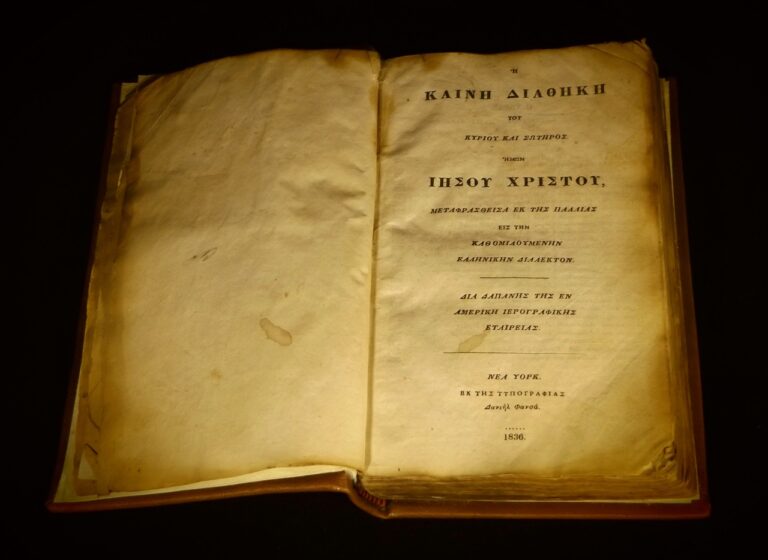The Role of Big Data in Improving Educational Apps
betbhai9 sign up, playexchange login, lotus365 vip login: In today’s digital age, educational apps have become a key tool in enhancing the learning experience for students of all ages. These apps offer a wide range of benefits, from personalized learning to interactive activities that help students grasp concepts more effectively. However, the true potential of educational apps can be unlocked through the use of big data.
What is Big Data?
Big data refers to the large volumes of data that are generated by various sources, including social media, sensors, and websites. This data can be analyzed to reveal patterns, trends, and associations, providing valuable insights that can be used to make informed decisions.
The Role of Big Data in Educational Apps
1. Personalized Learning: By analyzing the data generated by educational apps, developers can gain insights into each student’s learning preferences, strengths, and weaknesses. This information can be used to tailor the app to suit the individual needs of each student, providing a more personalized learning experience.
2. Performance Monitoring: Big data can be used to track and monitor students’ progress within educational apps. This data can help educators identify areas where students are excelling and areas where they may need additional support, allowing for targeted interventions to improve learning outcomes.
3. Content Optimization: Analyzing big data can help developers identify which content within an educational app is most effective in helping students learn. This information can be used to optimize the app’s content, making it more engaging and relevant to students.
4. Predictive Analytics: By analyzing big data, educators can predict future trends in student learning behavior. This can help them anticipate challenges and address them proactively, ensuring a more effective learning experience for students.
5. Continuous Improvement: Big data can provide valuable feedback on how students are interacting with an educational app. This information can be used to make continuous improvements to the app, ensuring that it remains up-to-date and relevant to students’ needs.
6. Enhanced Collaboration: Big data can facilitate collaboration between educators, developers, and students. By sharing insights from the data, all stakeholders can work together to create a more effective and engaging learning experience.
FAQs:
Q: How does big data protect student privacy?
A: Developers of educational apps must adhere to strict data privacy regulations to ensure that students’ personal information is protected. Data encryption, secure storage practices, and transparent data collection policies are essential to safeguarding student privacy.
Q: Can big data help identify struggling students?
A: Yes, big data can help educators identify students who may be struggling by analyzing their interactions with educational apps. This information can help educators provide targeted support to help these students succeed.
Q: How can educators leverage big data in the classroom?
A: Educators can use big data to track student progress, identify learning trends, and personalize learning experiences. By incorporating data-driven insights into their teaching practices, educators can enhance the overall learning experience for students.
In conclusion, the role of big data in improving educational apps is undeniable. By harnessing the power of data analytics, developers and educators can create more effective, personalized, and engaging learning experiences for students. As technology continues to evolve, big data will play an increasingly important role in shaping the future of education.







